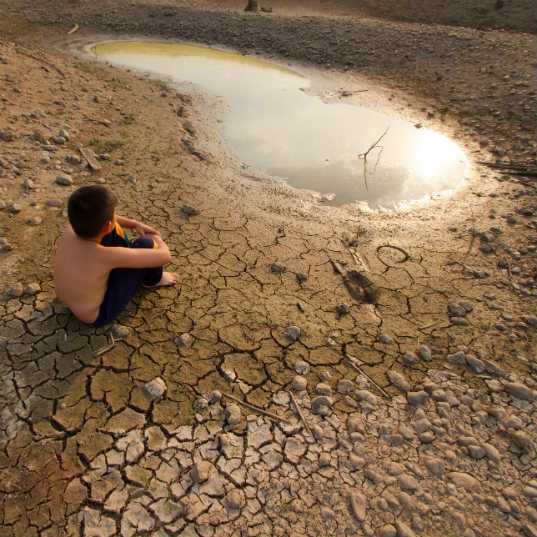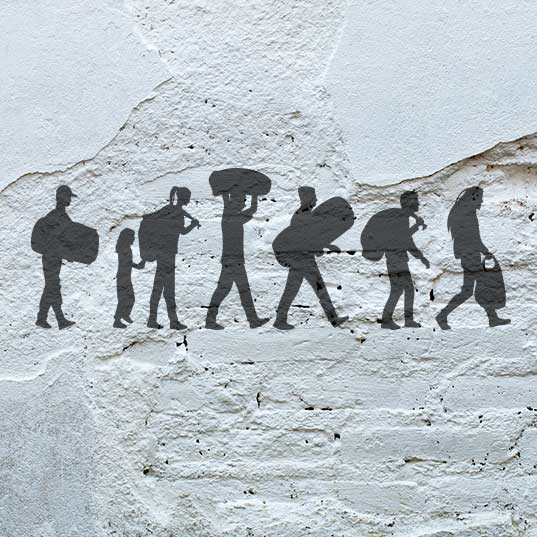The tragedy of migrations due to climate change
Environmental changes also cause millions of displacements around the world
When talking about climate change, the concepts that most people usually associate with it are pollution, rising temperatures, polar ice caps melting, acid rain... However, there is an unknown reality that affects millions of people around the world that will likely intensify in the future: the displaced by climate change.
Who are the unintentional protagonists of this phenomenon? According to the International Organization for Migration (IOM), "environmental migrants are people who due to sudden or gradual changes in the environment, which have a negative effect on their living conditions, are forced to abandon their homes, temporarily or permanently, and move to other parts of their own country or outside it."
A figure with no international legislation
Nowadays it is difficult to quantify the number of these climate migrants since international legislation does not offer protection to those who exile for this reason, but UNHCR -the United Nations refugee agency- predicts that in the next 50 years between 250 million and 1 billion humans will leave their homes because of climate change.
For its part, IOM says that droughts and floods have trebled in the last three decades and changes in the environment have led to greater displacements than those caused by war.

What are the causes of climate migration?
According to IOM, there are many factors that cause displacement due to climate change and can not always be separated from the political, social and economic aspects. However, they point out some environmental keys:
- The increasing occurrence of natural disasters due to changes in climate conditions increases the number of humanitarian emergencies and therefore displacements of affected population.
- The impact of global warming and its consequences on living conditions, health and food in a developing area can enhance migration by worsening an already complicated situation.
- If sea level rises, many coastal areas and small islands can significantly worsen their conditions of human life until they just become uninhabitable and even disappear.
- Problems arising from the scarcity of natural resources such as water or food can lead to tense situations or armed conflicts, which force the civilian population to leave their place of origin.
Mitigation and adaptation of countries as a solution
In order to mitigate the effects of climate change on climate migrants, the United Nations includes in its Sustainable Development Goals the need to carry out mitigation measures by reducing greenhouse gas emissions and adaptation of cities and infrastructures making them more resilient to changes. Technological innovation, energy efficiency and the implementation of renewable energies, among other measures, will play a key role in the future of environmental protection, economic growth and social development.
For its part, IOM has to financed more than 500 projects to curb environmental migration since 2000.
Sources: Portal sobre la migración por motivos ambientales, Ecodes and El País.







